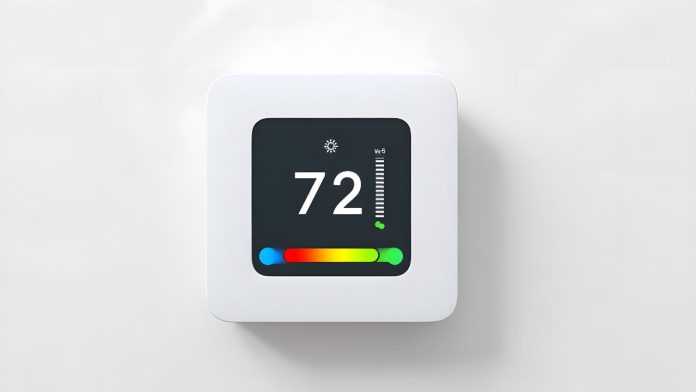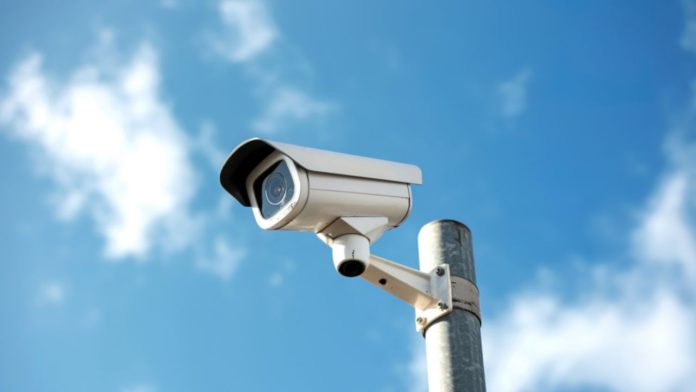When temperatures start to dip in San Antonio, homeowners shift their focus from air conditioning to staying warm and cozy. But comfort isn’t just about having a reliable heating system — it’s about controlling it efficiently. If you’re still relying on an older thermostat, it might be time to consider thermostat upgrades for winter that help you save energy, maintain steady warmth, and bring modern convenience to your home.
Today’s thermostats do much more than adjust temperature; they learn your habits, adapt to changing conditions, and even connect to your smartphone for ultimate control.
The Role of Your Thermostat in Home Comfort
Your thermostat acts as the command center for your HVAC system, directing when and how your heater runs. An outdated or inaccurate thermostat can waste energy, create uneven heating, and make it difficult to maintain comfort throughout your home.
Upgrading to a modern thermostat gives you more precise control, helping your system respond more efficiently to daily temperature changes — something San Antonio homeowners experience frequently during unpredictable winter weather.
Why Upgrade Now?
While upgrading your thermostat is a smart move any time of year, winter is one of the best times to do it. A new thermostat can help you manage heating costs, improve comfort, and ensure your home stays warm without running up your utility bills.
Key Reasons to Upgrade:
- Energy Savings: Smart thermostats can reduce heating costs by automatically adjusting temperatures when you’re asleep or away.
- Improved Comfort: Consistent, accurate temperature control prevents cold spots or overheating.
- Remote Access: Control your home’s temperature from anywhere using your smartphone.
- Programmable Schedules: Set your heater to run only when you need it most.
- Maintenance Alerts: Many devices notify you when filters need changing or service is due.
For busy households, these features translate to convenience, comfort, and real savings.
Types of Thermostat Upgrades
Not all thermostats are created equal. Choosing the right one depends on your home’s needs, HVAC system, and comfort preferences.
1. Programmable Thermostats
Perfect for homeowners with predictable schedules. You can pre-set temperature changes throughout the day — warming up the house before you wake and lowering it when you leave for work.
2. Smart Thermostats
These Wi-Fi-enabled models learn your routines, adjust automatically, and provide real-time energy insights. They can even track weather patterns and adjust heating accordingly.
3. Zoned Thermostat Systems
Ideal for larger homes or multi-story layouts, zoned thermostats allow you to control temperatures in different areas independently, reducing energy waste in unused rooms.
No matter which style you choose, a modern thermostat offers greater precision and energy efficiency than older manual models.
How Thermostat Upgrades Improve Energy Efficiency
Your heating system works best when it doesn’t have to work harder than necessary. Thermostat upgrades help reduce unnecessary runtime by maintaining optimal temperatures instead of fluctuating between extremes.
Energy-Efficient Benefits:
- Keeps temperatures stable, minimizing strain on your system
- Reduces short cycling, which wears out components
- Provides data to track and improve energy habits
- Lowers your carbon footprint through smarter operation
Over time, these small adjustments can lead to significant savings on your winter energy bills.
The Importance of Professional Installation
While many thermostats advertise DIY installation, professional setup ensures accuracy, safety, and compatibility with your HVAC system. Technicians verify wiring connections, test system response, and calibrate settings for precise control.
Professional Installation Guarantees:
- Proper thermostat placement for accurate temperature readings
- Compatibility with your existing heating and cooling system
- Expert configuration for zoning or advanced features
- Guidance on how to use smart or programmable settings effectively
A quick visit from an HVAC technician ensures your thermostat upgrade performs exactly as intended — without any hiccups.
Integrating Your Thermostat with a Maintenance Plan
Pairing your thermostat upgrade with a routine HVAC maintenance plan maximizes performance. Together, they create a complete comfort strategy: your system runs more efficiently, and your thermostat keeps it fine-tuned throughout the year.
Regular maintenance ensures filters are clean, sensors are accurate, and your system communicates properly with your new thermostat — all of which contribute to better comfort and savings.
Why Local Expertise Matters in San Antonio
San Antonio’s fluctuating winter weather requires thermostat settings that balance warmth with efficiency. Local HVAC professionals understand the area’s climate and can recommend thermostats and programming schedules that best suit your home’s needs.
Whether you live in a historic downtown home or a modern suburban build, a trusted local company ensures your upgrade is optimized for the South Texas lifestyle.
Conclusion: Comfort and Control for Every Winter Day
A thermostat may be small, but it has a big impact on your home’s comfort and efficiency. Upgrading to a modern model is one of the simplest and smartest ways to enhance your heating system’s performance this winter.
With professional installation and proper maintenance, thermostat upgrades for winter deliver lasting comfort, lower energy bills, and a more connected, efficient home.










